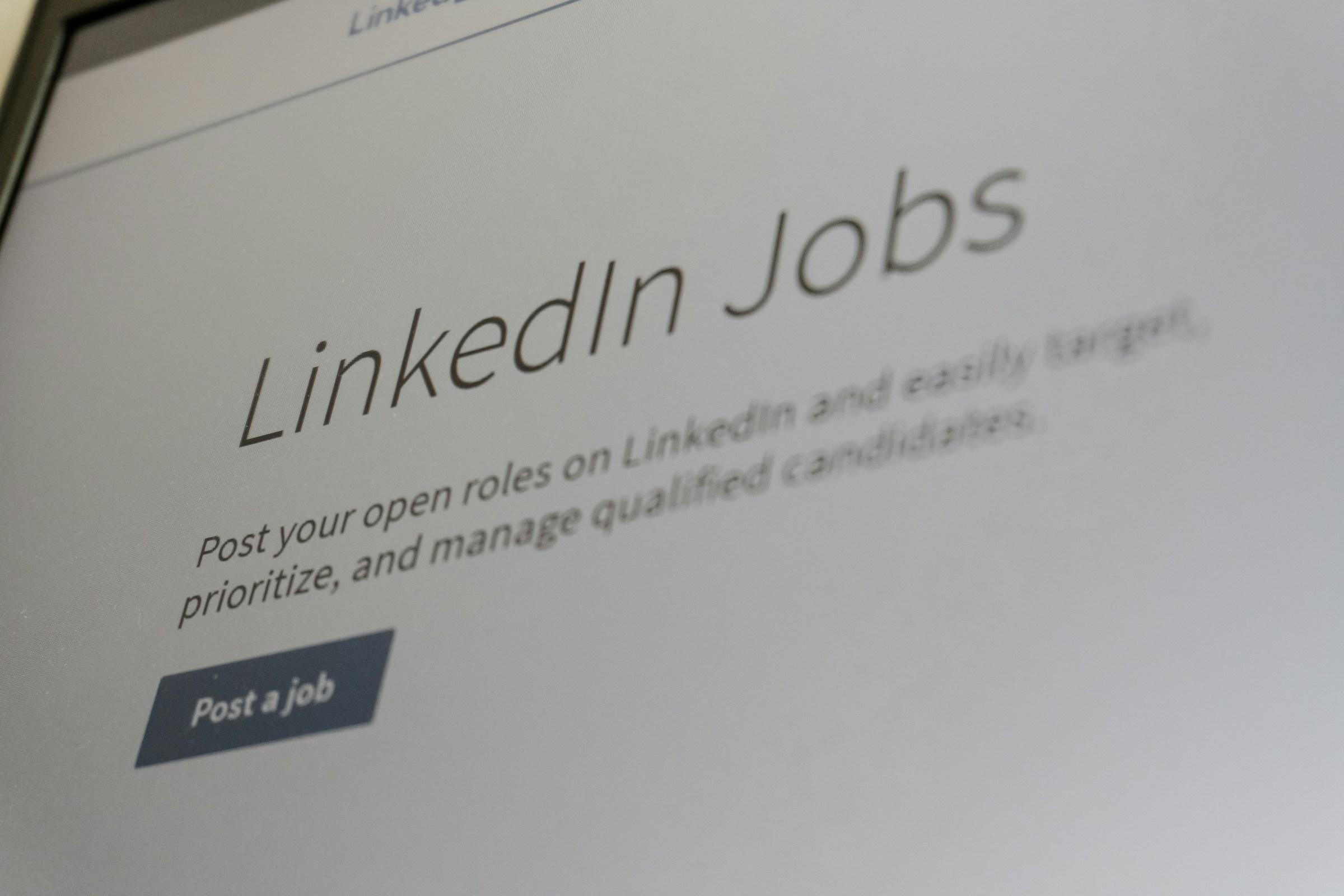When a resignation letter lands on a founder’s desk, it often feels like a shock. One person’s decision to leave can expose more about how the company truly operates than any town hall, strategy deck, or culture survey. The way an employer responds in that moment tends to reveal where systems are fragile, where risk has been ignored, and where the idea of loyalty has quietly blurred into control. On paper, in many jurisdictions, an employee’s resignation is a unilateral choice subject only to notice periods and contractual obligations. In practice, though, you still hear employers say they do not accept a resignation, or they try to stall, bargain, or pressure someone to stay. To understand why, you have to look beneath the surface of that reaction and see the operational and psychological structures underneath.
The first and most common reason is simple operational exposure. Many founders and managers build their businesses around a few key people who become the holders of critical knowledge. A senior engineer knows the quirks of the infrastructure that are not documented anywhere. A sales lead carries half the active pipeline in their personal relationships. An operations manager is the only person who truly understands how three messy systems talk to each other. As long as these people stay, the fragility is easy to ignore. The system appears to be functioning. The moment one of them resigns, the illusion collapses. The employer is suddenly forced to confront the work they have delayed around documentation, cross training, succession planning, and risk mapping.
In that moment, saying they do not accept the resignation is often a way to buy time rather than a statement of legal authority. It can be a negotiation move dressed up as a hard stance. The employer wants a longer handover, a critical project completed, or a replacement hired and ramped before the person walks out. They may insist that the timing is impossible, or that the team will collapse without this person, or that clients will be left exposed. Underneath, this is a key person risk problem, not a timing problem. The organization chose to rely on individual heroics and loyalty instead of building robust processes and redundancy. The resignation did not create the vulnerability. It simply made it visible.
The second reason has less to do with operations and more to do with control. Some leaders interpret a resignation as an act of disloyalty, a personal rejection, or a challenge to their authority. They might say that leaving in the middle of a busy period is unacceptable, that they will decide when the person can go, or that the team is a family and nobody walks out in difficult times. This language gives the impression that the company owns the employee’s time and choices. It signals that autonomy is conditional, granted only when it suits the organization.
When this mindset takes hold, employers can confuse high retention with healthy culture. People may stay for years, but they stay for reasons that have more to do with fear and friction than with growth and respect. They stay because leaving feels like entering a conflict. They stay because they worry about retaliation, withheld references, or being branded ungrateful. That is not loyalty. It is quiet captivity. Founders who handle resignations through control and pressure often discover later that their best people plan exits in secret, line up opportunities quietly, and reveal their decision only when it is too late to repair the relationship or negotiate in good faith.
There are also harder structural constraints that can influence an employer’s reaction, especially in regulated industries or roles with specific contractual frameworks. Some employees sign fixed term contracts, take sponsorships tied to training bonds, or operate under non competing obligations that limit where and how they can move next. In certain businesses, a sudden departure of a licensed representative, compliance officer, or risk manager can leave the company technically non compliant until a replacement is appointed. In client facing environments, major accounts may have relationship expectations or clauses that assume stability in key contacts during sensitive periods such as renewals or large deals.
In these circumstances, an employer’s refusal to accept a resignation may be grounded in real risk. They worry about breaching regulations, damaging a strategic client relationship, or triggering penalties. But even here, the way they handle it matters. A competent and mature employer will respond with clarity. They will explain the contractual position, outline the specific risks, and work with the employee to design a realistic transition that respects both sides. An insecure or reactive employer, on the other hand, will respond with vague threats and emotional pressure. They reference legal exposure without details, delay formal acknowledgement of the resignation, or try to stretch the notice period far beyond what is reasonable. Underneath, the same problem remains. If a business cannot stay compliant or commercially stable when one person leaves on normal notice, then the system is brittle and over concentrated.
Beyond structure and contracts, there is the human layer that founders often underestimate. A resignation can trigger old anxieties and unresolved narratives. A leader might remember the late nights spent building the company, the debt they took on, the early risks that only a small group shared. They might recall moments where they advocated for this particular employee, defended them in front of investors, or pushed through a promotion earlier than the numbers justified. Mixed into that history are the leader’s own fears about reputation, performance, and failure. When the employee resigns, it becomes easy to tell a story that they are abandoning the mission, walking away at the worst possible time, or betraying the opportunity given to them.
That story can drive irrational behavior. A leader may stall the exit out of hurt, question the person’s character, or try to guilt them into staying longer. The language shifts from professional to emotional. The company is framed as family, and the resignation is cast as abandonment. The problem is that the rest of the organization is watching. People learn that endings are messy and laden with moral judgment. They see that leaving cleanly is difficult. Over time, this encourages secrecy. Employees wait until the last possible moment to disclose their plans, knowing that transparency will only lead to pressure. The very behavior leaders fear is encouraged by their own reactions.
For founders and senior leaders, this pattern reveals a deeper question. Your real job is not to prevent resignations altogether. People will move countries, shift industries, change life priorities, or simply want a new challenge. Your job is to design a system that remains functional when they do. That means mapping key person risk instead of pretending it does not exist. It means documenting processes while things are calm, not in the middle of a crisis. It means cross training people so that knowledge lives in the organization, not only in one person’s head. It means managing workloads and projects in a way that assumes turnover is part of the normal cycle, not a catastrophic event.
It also means being honest about your retention strategy. People do not stay because you refuse to let them leave. They stay where they can do meaningful work, grow their skills, feel respected, and see fair reward. When you rely on pressure and guilt instead of value and opportunity, you may keep someone a few months longer, but you erode trust for years. Teams can sense when the company sees them as replaceable in words but indispensable in crisis, when praise in public is paired with coercion in private. The leaders who scale organisations through multiple stages of growth tend to share one trait. They treat resignations as part of the operating cycle, not as a personal attack.
If you flip the perspective for a moment and stand in the shoes of the person resigning, the employer’s reaction becomes a form of data. If you submit your resignation and hear that it is not accepted, or you encounter threats and guilt instead of dialogue, you learn something about the culture. You learn how this company handles endings, how it views power, and how much risk it allowed to concentrate in your role. A professional response, even if it includes a request for a longer notice or a discussion about timing, signals maturity. An aggressive or dismissive response signals that your decision to leave is probably the right one.
For the employee, the practical response is to stay calm and grounded. Keep communication in writing. Refer to the contract and local law rather than verbal demands. Offer a reasonable handover, and respect agreed notice periods, but remember that your career is not an asset on someone else’s balance sheet. For the employer, the practical response is to see this moment as a mirror. If your first instinct is to reach for control, ask what you have neglected in your systems. If your fear is that others will follow, ask why your people see this departure as the start of an exodus rather than a normal transition.
In the end, the reasons employers may not accept a resignation are rarely about the individual alone. They point to the structure of the company, the psychology of the leadership, and the way power is distributed and expressed. Some reasons are grounded in real operational and legal risk. Others are pure ego and fear. The companies that become stronger over time are the ones that treat resignations as signals to improve, not as triggers for control. They build organizations where people can leave without being punished, and where some of them even choose to return later with more experience. That is what a mature culture looks like, and it starts with how you handle the simple sentence, “I am resigning.”





.jpg&w=3840&q=75)








